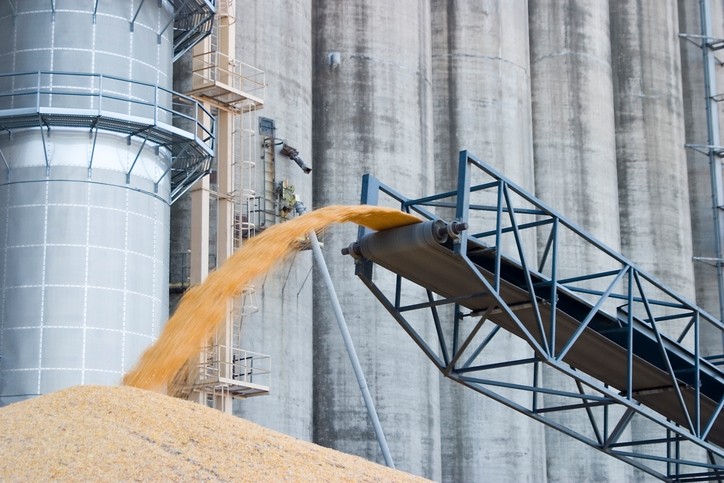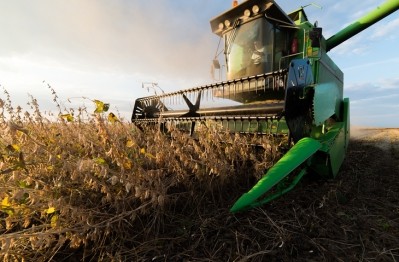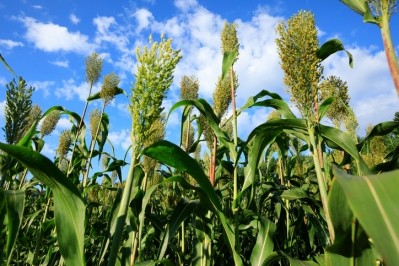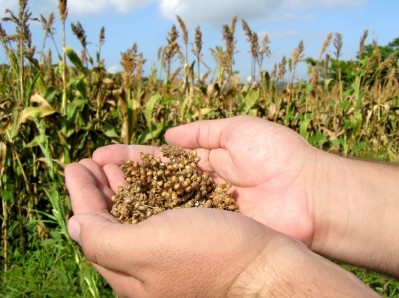Road to 2027 marked with strong demand for feed, low prices

The US Department of Agriculture released details of some expectations for the future of the US feed and agricultural sectors in a recent report, USDA Agricultural Projections to 2017.
The report covers several elements of the sector, but does not attempt to account for domestic or external shocks to global agricultural markets or abnormal weather situations.
“The scenario presented in this report is not a USDA forecast about the future,” the USDA said. “Instead, it is a conditional, long-run scenario about what would be expected to happen under a continuation of current farm legislation and other specific assumptions.”
Overall, the agricultural sector is expected to continue to see low prices for feed grains and for feed in general, and potentially to see a drop in planted acres, the department said. However, the continued global demand for soybeans is expected to support increased plantings of the feed crop.
“Lower feed costs and continued strong global demand provide economic incentives for expansion in the livestock sector,” the department said.
On the export side, the US dollar is anticipated to initially slow growth in feed crop and agricultural exports, the USDA said. However, the US is expected to remain competitive based on efficiency and quality margins.
Economic development and report details
In the next 10 years, there is expected to be ongoing global economic growth of almost 3%, the USDA said. The US is predicted to see about 2.1% annual growth during that period.
However, developing countries are anticipated to see average growth of about 4.6%, the department said. On an individual basis, China is expected to see about 5.5% growth, while India has an average of about 7.6%.
“Meanwhile, Africa and the Middle East are anticipated to maintain growth rates near 3.5% and Latin America is expected to rebound in the near term, growing nearly 3% per year,” the department said. “This growth is marked by recovery in Brazil from its recent deep recession and Argentina’s expected higher than long-term growth prospects. Strong US expected growth provides robust export markets for Mexico, while Venezuela likely remains mired in a deep recession in the near term.”
Global growth in income supports ongoing food and feed demand, the global agricultural trade and US agricultural exports, the department said. “Economic growth in developing countries is especially important because food consumption and feed use are particularly responsive to income growth in those countries, with movement away from traditional staple foods and towards increased diet diversification, including greater protein consumption.”
Feed, feed crop prices
In the US, prices for most feed crops are expected to remain below the 10-year averages based on the influence of higher prices in the recent past, the USDA said. Prices are predicted to be the lowest at the start of the 10-year period and see moderate improvement.
“Reduced feed costs over the past several years have improved livestock-sector net returns, providing economic incentives for expansion,” the department said. “Additionally, US turkey production and egg production rebound from 2015 reductions that were largely due to effects of highly pathogenic avian influenza.”
Prices for beef cattle are anticipated to drop, while production increases during the decade, the department said. “Robust demand and low feed costs allow nominal prices for hogs, broilers, turkeys, and eggs to increase after an initial drop in the beginning of the decade,” it added.
Prices for feed grains should see their lowest range during the 2017/18 marketing year, the department said. Marketing year 20118/19 likely will show the start of a gradual price increase.
“Despite price growth, prices are projected to remain lower than those seen over the past decade, leading to shifts in relative returns and accompanying changes in crop plantings,” the USDA said. “Shifts in acreage are expected – most notably from corn and, in the short run, wheat towards soybeans and sorghum, reflecting strong international demand for these commodities. These projections are the first in history where soybean acreage is expected to eclipse corn acreage.”
Feed crop demand and export
Despite an initial drop in planted acres, demand for US corn is projected to grow domestically and internationally through an increase in demand for feed, said the USDA.
“While falling corn production will characterize the first few years, increases are expected in the later years,” the department said. “Lower corn prices suggest higher feed and residual use, helping to fuel increasing meat production.”
An anticipated reduction in ethanol production should lead to a drop in the production of dried distillers grains, the department added. The limit in generation of that feed ingredient also may support interest in corn.
“The United States remains the world’s largest corn exporter over the projection period,” the USDA said. “Rising incomes, particularly in developing economies, translate to increasing demand for meat, bolstering demand for corn for feed. A projected slowly weakening US dollar will improve export prospects.”
The US, however, also is expected to see increased competition for the corn export market from Brazil, Argentina and Ukraine, said the department. US market share for corn may fall below 30% in the next 10 years.
Wheat production is anticipated to decline with the lowest plantings expected in 2018/19, the department said. Exports also are forecast to drop.
Soybeans, however, are anticipated to see an increase in price, plantings and demand, the department said. “For the first time, soybean plantings are expected to rise above corn, hovering around 91 to 92 million acres,” it added.
The demand growth includes a projected increase in crush, and sales of soybean meal, the department said. The uptick in feed use again is anticipated to be supported by the growth in livestock production.
“Strong global demand for soybeans – particularly in China – boosts US soybean trade over the projection period,” the department said. “While soybean exports are projected to rise, competition from South America – primarily Brazil, the world’s leading exporter – will lead to a reduced US share of global soybean trade.”
It is anticipated that soy-based feed ingredients like meal also will see export competition, the department said. Argentina is expected to capture more than 48% of the global market in the next 10 years.
Similarly, Brazil is forecast to increase its share of the export market until it covers almost 25%, the department said. “Despite modest increases in meal exports, the United States loses global share, dropping from just over 16 percent to 14 percent of the global market by the end of the decade,” it added.












